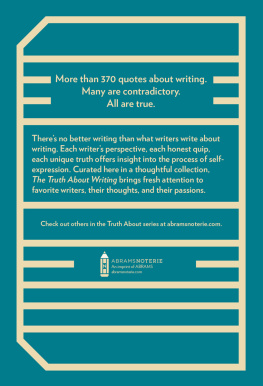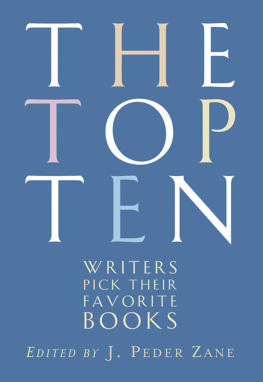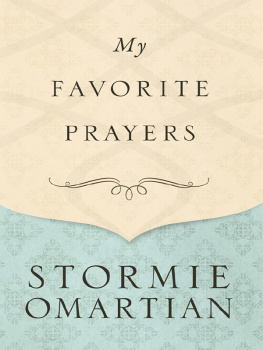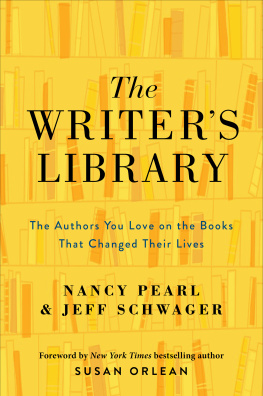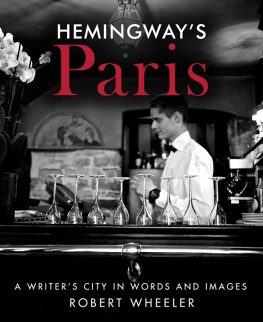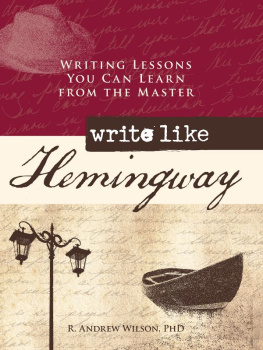Ben Blatt - Nabokov’s Favorite Word Is Mauve: What the Numbers Reveal About the Classics, Bestsellers, and Our Own Writing
Here you can read online Ben Blatt - Nabokov’s Favorite Word Is Mauve: What the Numbers Reveal About the Classics, Bestsellers, and Our Own Writing full text of the book (entire story) in english for free. Download pdf and epub, get meaning, cover and reviews about this ebook. year: 2017, publisher: Simon & Schuster, genre: Children. Description of the work, (preface) as well as reviews are available. Best literature library LitArk.com created for fans of good reading and offers a wide selection of genres:
Romance novel
Science fiction
Adventure
Detective
Science
History
Home and family
Prose
Art
Politics
Computer
Non-fiction
Religion
Business
Children
Humor
Choose a favorite category and find really read worthwhile books. Enjoy immersion in the world of imagination, feel the emotions of the characters or learn something new for yourself, make an fascinating discovery.

Nabokov’s Favorite Word Is Mauve: What the Numbers Reveal About the Classics, Bestsellers, and Our Own Writing: summary, description and annotation
We offer to read an annotation, description, summary or preface (depends on what the author of the book "Nabokov’s Favorite Word Is Mauve: What the Numbers Reveal About the Classics, Bestsellers, and Our Own Writing" wrote himself). If you haven't found the necessary information about the book — write in the comments, we will try to find it.
Data meets literature in this playful and informative look at our favorite authors and their masterpieces.
A literary detective story: fast-paced, thought-provoking, and intriguing. Brian Christian, coauthor of Algorithms to Live By
Theres a famous piece of writing adviceoffered by Ernest Hemingway, Stephen King, and myriad writers in betweennot to use -ly adverbs like quickly or fitfully. It sounds like solid advice, but can we actually test it? If we were to count all the -ly adverbs these authors used in their careers, do they follow their own advice compared to other celebrated authors? Whats more, do great books in generalthe classics and the bestsellersshare this trait?
In Nabokovs Favorite Word Is Mauve, statistician and journalist Ben Blatt brings big data to the literary canon, exploring the wealth of fun findings that remain hidden in the works of the worlds greatest writers. He assembles a database of thousands of books and hundreds of millions of words, and starts asking the questions that have intrigued curious word nerds and book lovers for generations: What are our favorite authors favorite words? Do men and women write differently? Are bestsellers getting dumber over time? Which bestselling writer uses the most clichs? What makes a great opening sentence? How can we judge a book by its cover? And which writerly advice is worth following or ignoring?
Blatt draws upon existing analysis techniques and invents some of his own. All of his investigations and experiments are original, conducted himself, and no math knowledge is needed to understand the results. Blatt breaks his findings down into lucid, humorous language and clear and compelling visuals. This eye-opening book will provide you with a new appreciation for your favorite authors and a fresh perspective on your own writing, illuminating both the patterns that hold great prose together and the brilliant flourishes that make it unforgettable.
Ben Blatt: author's other books
Who wrote Nabokov’s Favorite Word Is Mauve: What the Numbers Reveal About the Classics, Bestsellers, and Our Own Writing? Find out the surname, the name of the author of the book and a list of all author's works by series.


